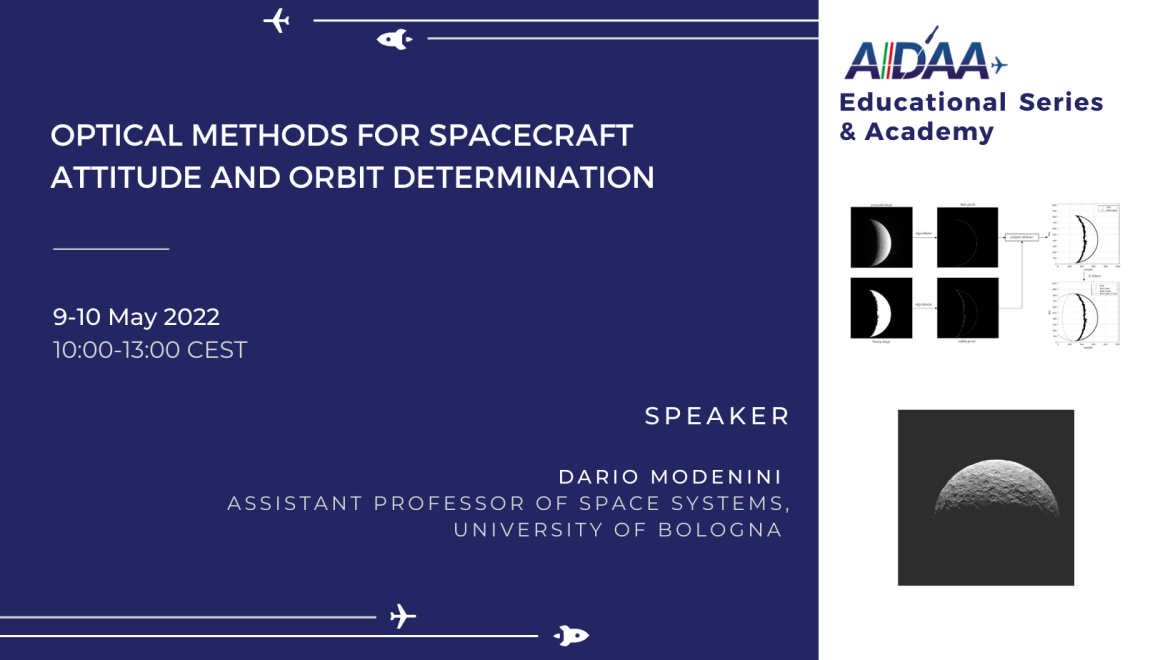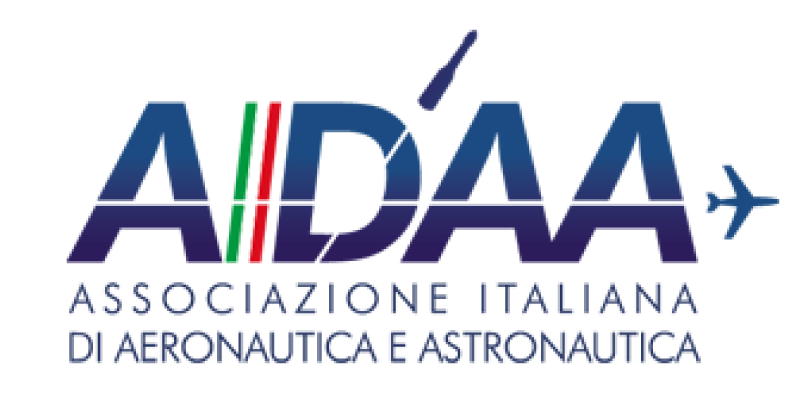The webinar deals with an introduction to the world of flight simulators employed as research platforms and not exclusively as training tools. The main simulator levels, recognized by the EASA, European Union Aviation Safety Agency, will be firstly described focusing on FFS (Full Flight Simulator). Then, the main research contexts, taking advantage of flight simulators, will be presented with some referenced research activities. This will be followed by the description of research topics concerning the human factor and comfort in the simulated environments of cockpit and cabin.
Firstly, the objective and subjective techniques used to evaluate the aeronautical human factor will be described. Next, the main subjective tests for real-time and post-tasks are given, evaluating the main advantages and drawbacks. Then, objective measurement based on existing technologies will be introduced, particularly sensors exploitable inside the aircraft. Also, for these techniques, the main advantages and drawbacks will be shown. Finally, a brief overview of the mathematical correlation tools that can relate the two types of measurement data will be presented with reference to some experimental study cases.
In the second part of the course, the research topic of aviation comfort will be introduced. First, the human body’s biodynamic modelling techniques will be described with an overview of the models employed in the aeronautical framework, followed by experimental results. Finally, the analytical and numerical modelling will be shown with examples of evaluation on the human body’s comfort indexes with aeronautical manufacturers’ restrictions.
Learning objectives: Simulator classification, standards, and experimental research activities; Human Factors in cockpit and cabin environment; Human Body Comfort for pilot and passenger.
Target audience: doctoral students, non-academic professionals, and undergraduate students.
> Download Course Brochure
Participation
There are no registration fees for AIDAA members. In case you are not an AIDAA member, please register here.













